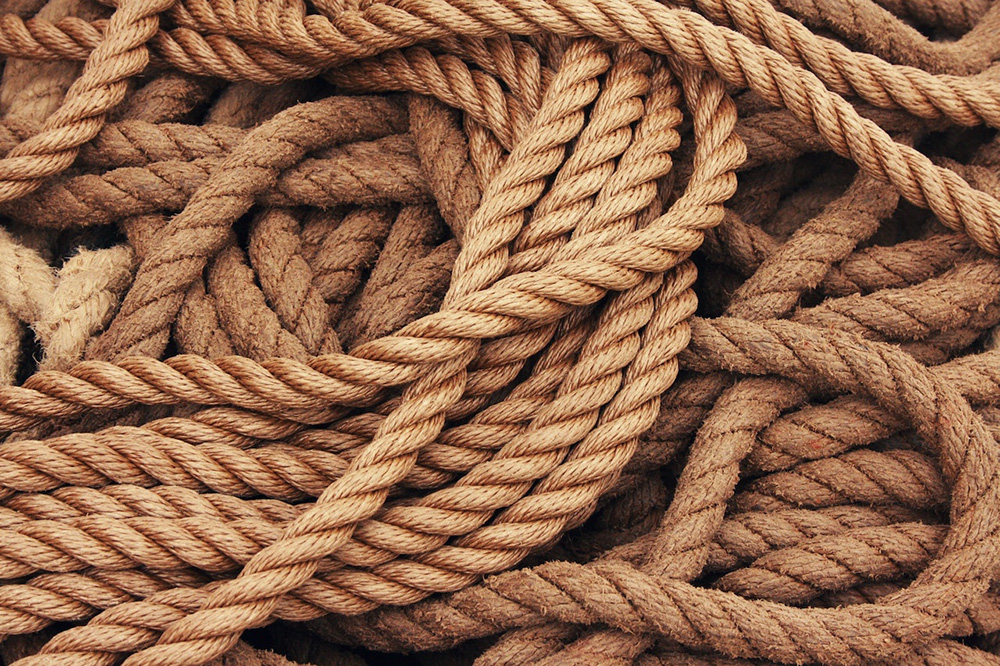Hemp rope, one of the oldest natural fibers, was invented around 10,000 years ago. Ancient Asian and Middle Eastern civilizations used it first, then Europe and the Americas. Hemp rope is strong, durable, and versatile. This rope allowed humans to build and navigate ships, build buildings and bridges, and make tools and weapons, so some historians believe it drove civilization.
Hemp rope is made from hemp plant fibers harvested, processed, and twisted into long strands. The natural rope is made by retting, scutching, and hackling (combing the fibers to remove any remaining impurities).
Hemp rope is made in many steps when being made:
Hemp rope begins with harvesting the plants. Hemp is harvested in late summer or early fall before the seeds mature. Retting the stalks: After harvesting, hemp stalks must be soaked in water to break down the fibers. Retting can be done in water or in the field.
After retting the stalks, the fibers must be separated from the plant material. Breaking or using a decorticator can do this. After separation, a spinning wheel or spindle spins the fibers into a yarn-like rope. This makes for a robust and uniform rope thread. A rope machine or hand-held twister is used to twist the yarn around a hook or post. Hemp rope-making, especially by hand, takes time. The finished rope is strong and versatile.
Ship rigging, fishing nets, and tying and binding have all used hemp rope. Hemp rope is used in construction, agriculture, and textiles due to its strength and durability. Hemp rope is made from Cannabis sativa hemp fibers. Hemp’s fibrous stalk can reach 15 feet. Hemp rope is made by harvesting stalks and “decorticating” them to reveal the long, strong fibers inside.
Fibers are separated, spun into yarn, and twisted into rope. Twisting allows fibers to interlock and form a strong rope. Rope thickness and fiber quality can also affect product strength.
This rope has many uses today. It is used in ship rigging, construction, agriculture, and outdoor and adventure sports for climbing, rappelling, and baling hay. Sustainable fashion uses hemp rope to make eco-friendly clothing and accessories.
The rope strength depends on fiber quality and thickness. Hemp rope is typically stronger than cotton and jute. Outdoor use is ideal because it resists rot, mildew, and UV radiation. Hemp rope is environmentally friendly because it grows quickly and requires little water or pesticides.

